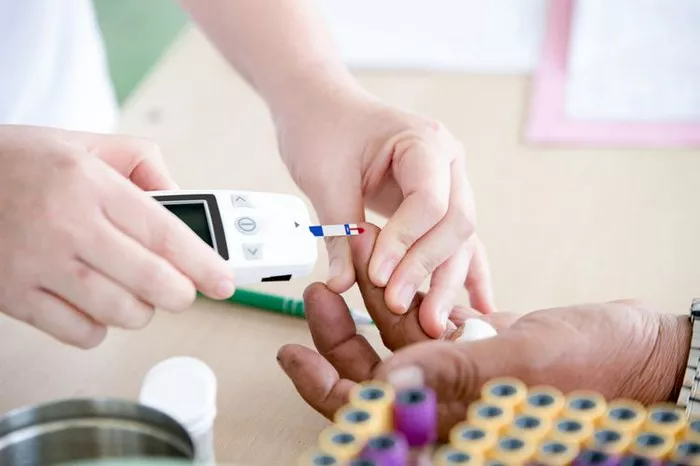Researchers at the University of Virginia (UVA) Center for Diabetes Technology have uncovered groundbreaking insights into the role of continuous glucose monitors (CGMs) in predicting serious diabetes complications. Their findings indicate that CGM data can effectively predict nerve, eye, and kidney damage associated with type 1 diabetes, potentially guiding doctors in preventing life-altering conditions like blindness and diabetic neuropathy.
CGMs Rival Hemoglobin A1c in Predictive Power
The study revealed that tracking a patient’s time spent within a safe blood-sugar range (70–180 mg/dL) over a 14-day period offered predictive accuracy for complications such as neuropathy, retinopathy, and nephropathy comparable to the gold-standard hemoglobin A1c measurement.
“The landmark 10-year, 1,440-person Diabetes Control and Complications Trial (DCCT), published in 1993, established hemoglobin A1c as the gold standard for evaluating the risk for complications from type 1 diabetes,” explained Dr. Boris Kovatchev, Director of the UVA Center for Diabetes Technology. “However, the rise of continuous glucose monitoring has not yet been matched by a large-scale study like the DCCT to validate CGM metrics as standard for diabetes evaluation.”
Dr. Kovatchev also highlighted the clinical and regulatory challenges arising from the lack of long-term, large-scale CGM data, noting that CGMs are still not recognized as primary outcomes in diabetes drug studies.
Virtualizing Landmark Diabetes Data
To address the data gap, UVA researchers turned to the DCCT archives maintained by the National Institute of Diabetes and Digestive and Kidney Diseases. These archives contain hemoglobin A1c readings and blood sugar profiles collected at regular intervals during the original trial.
By applying advanced machine learning techniques, the team recreated virtual CGM traces for participants throughout the trial. The analysis demonstrated that 14 days of CGM data, including metrics like time spent in a “tight range” (70–140 mg/dL) and time above critical thresholds (140 mg/dL, 180 mg/dL, and 250 mg/dL), were as predictive of complications as traditional A1c readings.
Transforming Diabetes Management
With CGMs becoming increasingly common among diabetes patients, these findings offer promising avenues for improving disease management. Beyond aiding patients, the study underscores the potential of CGM data to reshape clinical and research practices in diabetes care.
“A study of the magnitude of the DCCT using continuous glucose monitoring alongside hemoglobin A1c would be prohibitively time-consuming and expensive,” noted Dr. Kovatchev. “Virtualizing a clinical trial with advanced data science methods is the next best thing we can do today.”
This innovative approach not only bridges historical data gaps but also paves the way for future advancements in diabetes management, offering hope for improved patient outcomes worldwide.
Related topics:
Understanding Gestational Diabetes: Key Insights for Expecting Mothers
Revolutionizing Diabetes Care: How Biowearables and GLP-1 Therapies Are Empowering Patients
Carrots May Offer Natural Support in Managing Type 2 Diabetes


























